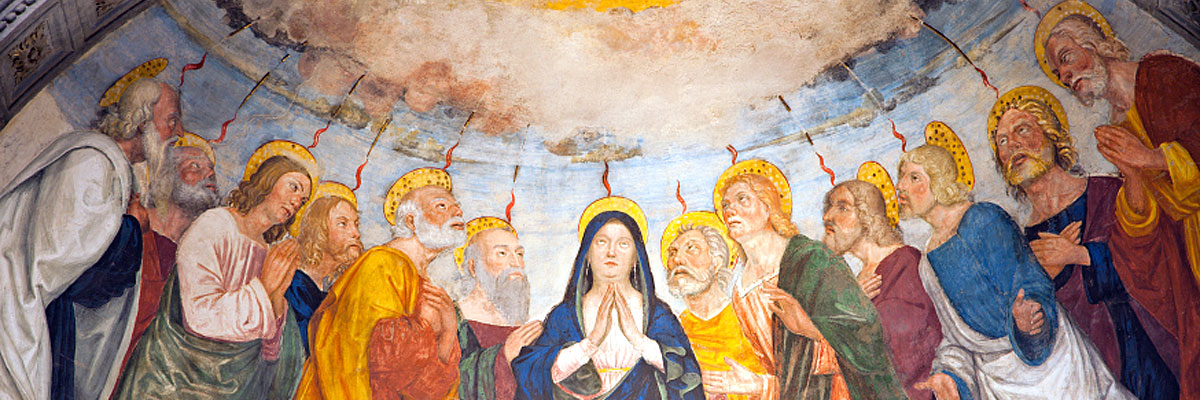
Understanding Our Church
A Treasury of Arkansas Writers Discussing the Catholic Faith
Official Website of the
Catholic Diocese of Little Rock
Icon of Mary’s dormition is reminder of eternal happiness for souls
Published: August 15, 2020
By Deacon Mike Cumnock
St. Mary Church, Hot Springs
When I was growing up in the 1950s, the feast of the Assumption, which we celebrate this week, was actually a new feast in the Church. However, it had been a long-standing celebratory event.
Beginning in the fifth or sixth centuries, Catholics celebrated the memorial of Mary. The story of Mary’s empty tomb was in common circulation. By the sixth century, the eastern churches began celebrating the event as a solemnity. In the eighth century, the Catholic Church renamed the celebration the Assumption of Mary.
On Nov. 1, 1950, Pope Pius XII stated as dogma in "Munificentissmus Deus" that “Mary, Immaculate Mother of God, ever virgin, after finishing the course of her life on earth, was taken up body and soul to heavenly glory.”
When we die, our souls are warmly received and our bodies will rise at the end of time and be with God, eternally, in heaven. A blessed reassurance for the faithful departed.
Arkansas Catholics would process to various churches around the diocese named for Mary in her honor. Marian devotions were and are a big part of my life.
Near my 25th diaconate anniversary celebration, I had the opportunity to make a pilgrimage to the Holy Land with a small group. With an outstanding guide, there were lots of scriptural discussions, prayers and I served as the deacon at Mass every day in a different church, chapel or shrine.
I was blown away by all that God presented. Like the travelers to Emmaus, my heart was burning within me while he spoke to me and opened the Scriptures.
While in the Holy Land, I experienced the assumption in a completely new way. In the United States, I didn’t remember ever seeing an icon or painting of the dormition.
Suddenly, I began seeing them everywhere. There were beautiful art works that proclaim the deepest and most profound of the mystery and promise we hold as Christians: our resurrection.
The most famous of these is a 15th-century icon painted by iconographer Andreas Ritzos. It portrays not only the traditions carried from early times but legendary material that accumulated through the ages. Mary is lying on her deathbed, surrounded by angels and saints, church leaders, evangelists, friends and apostles coming on a cloud.
Around the entire icon there is a glow of gold and reds, representing the burst of the new kingdom and the surge of life. At the bottom right, we see St. Peter incensing the body like we might see in any modern funeral. The image is filled with people — the communion of saints — coming to visit the Virgin Mary, the bearer of God, the first Christian temple and best disciple of her son.
Tradition has it that she lived several years beyond the ascension of her Son and was cared for by the disciple whom Jesus loved. Above the body of Mary is the image of Jesus himself lovingly cradling a small baby in his arms, the soul of his own mother. Jesus is there to celebrate the “falling asleep” (dormition) of Mary and her bodily resurrection before she was taken up into heaven.
For the first time, I had the full realization that this is the joy that lies in wait for all the disciples of Jesus Christ. When we die, our souls are warmly received and our bodies will rise at the end of time and be with God, eternally, in heaven. A blessed reassurance for the faithful departed.



